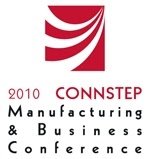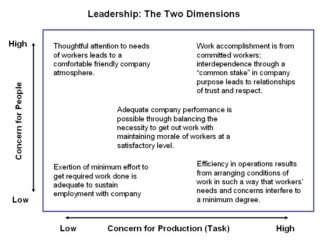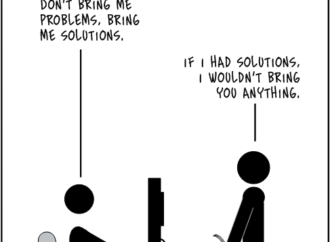Lean Quote: Closing the Knowing–Doing Gap
- Lean Quote
- October 17, 2025
On Fridays I will post a Lean related Quote. Throughout our lifetimes many people touch our lives and leave us with words of wisdom. These can both be a source of new learning and also a point to pause and reflect upon lessons we have learned. Within Lean active learning is an important aspect on
READ MOREFor my Facebook fans you have probably already seen this. But for those of you that are not connected to A Lean Journey on Facebook or Twitter I started a new feature which I call Lean Tips. It is meant to be advice, things I learned from experience, and some knowledge tidbits about Lean to
READ MORE
I have the opportunity to present at the 2010 CONNSTEP Manufacturing & Business Conference on Novemebr 11. The conference is built on continuous improvement and profitable growth – providing companies with the critical skills necessary to set a new direction and compete in the global recovery. With two keynotes and over 31 workshop opportunities, the conference will
READ MORE
Last week I spent a couple days at The Sixth Annual Northeast Shingo Prize Conference in Providence, RI. The conference was an exhilarating learning experience for me so I thought I would share some of those nuggets with you. It is probably makes the most sense to start with some thoughts from Ritsuo Shingo, son of Shigeo Shingo
READ MORE
On Fridays I will post a Lean related Quote. Throughout our lifetimes many people touch our lives and leave us with words of wisdom. These can both be a source of new learning and also a point to pause and reflect upon lessons we have learned. Within Lean active learning is an important aspect on
READ MORE
I saw this comic at ONEFTE.com that made me pause a little. I know this comic is poking fun at the corporate lifestyle that many experience. But as I reflected on this comic I thought to myself there are places in which this situation is true. In a Lean Thinking organization it is the goal to have empowered
READ MORE


